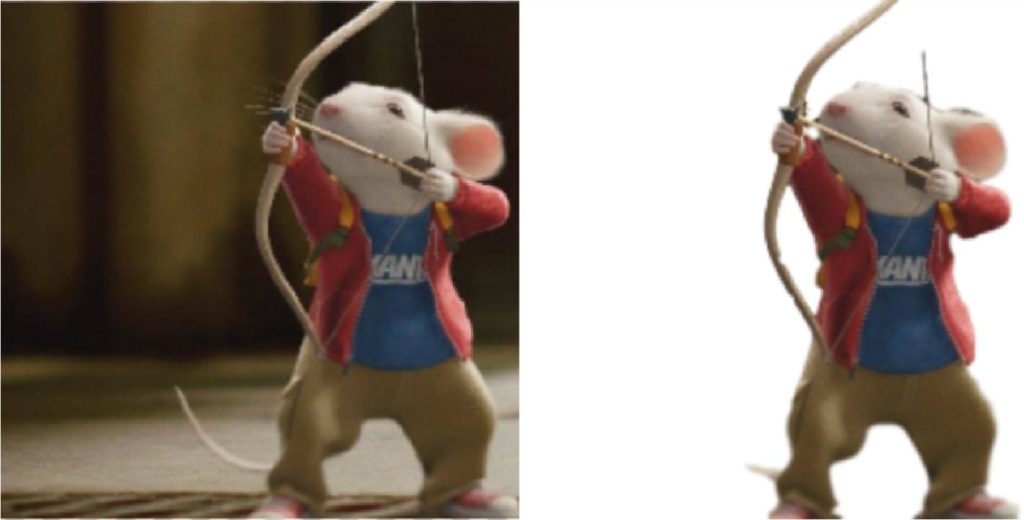Background removal is not as easy as it seems. There was more of it just remove the background of an image and replace it with one another. Photo-editing is the emerging business that employs professionals who are experts in editing software application. And if you think you can do it yourself, you need to read this to get the bet. But, first things first
What background removal?
Simply put, this is the process of selecting and removing or isolating parts of the image that will be used singly or in another image. The number of applications of this field is very large image-editing.
Types of photo-editing usually done by outlining parts of the image that need to be isolated with a pen-tool. After outlining the desired object, part of the image outside the line or object isolated itself can be removed from the picture. Here are three tips to keep in mind before you go ahead with something like this.
-
The object to be insulated:
Background removal can be simple at times.
Have you ever thought why you find that most objects or products in shopping online forum has a white background with them? The reason is to provide minimal details other than that of the product. The picture above is a perfect example of that. That the edited image on the right has nothing but the object of your vision makes you concentrate only on that object.
For instance, though, the picture is much easier to edit. However, consider this image now –
As you can easily see, there are many added contours or edges to this image than the previous one. And consequently, it will be harder to isolate. There are other problems to a proper background removal editing of this object as well.
Objects such as specific bodies have multiple layers of image treatment. And in any object having many layers, there are different layers of light-shade and color-hue variations. Observe both the images above carefully. The original image had a light source placed on the left of the object which caused the shadows on specific object sections and the floor. Now background removal editing would only change the background, but it will not change a single detail of that object itself. Thus, the edited object on the right also shows the shade lines on it.
-
Light-shade factors in background removal editing:
As mentioned before, light-shade aspects are an important criterion when it comes to proper editing. And this is precisely where professionals come in. Consider that you’ve edited this above image. It is a commendable job from all aspects. The object itself is more or less intact, and light-shade aspects are in tune. But there are certain obvious mistakes with this editing.
Firstly, a section of the objects’ tail is missing and so is a section of the arrow. The reason behind putting this image up is to show some basic problems which even professionals face. It often happens that a part of an object closely comes in with the object making it tough to isolate. And this is just what happened with this editing.
Now, this photo, on the other hand, is a professionally edited image. The golden rule image-editing is where you, the viewer, will not be able to catch whether it is an edited image or not. Both these pictures have the same object but completely different backgrounds. And the edited image on the right seems seamless from every aspect. Would you have spotted the catch if the original image was not put up beside this edited one?
-
Choosing the Right Background:
You should keep in mind that not every clipped object goes with every background. To make sure that an edit looks like a natural image after background removal editing, choosing the right one is essential. And if you don’t, well, this is something that can happen
You can easily spot the change. And the image on the left looks nothing like what an original image would. There’s nothing at fault with the background. It’s simply just that the object does not go with that backdrop from any aspect of that image. Now take this picture for instance –
This object, however, moves seamlessly with each background. This is precisely where a professional comes in. Choosing proper backgrounds for an object and editing that object as per the required aspects is what makes an edited image impossible to separate from original ones. Any of these above 4 images can go as a perfectly original if you do not go looking minutely in each of them for crease lines.
Create or edit lines are formed during editing, and these are some of the things which simply cannot be avoided. But it’s not like you’re going to go through every image searching for them. The fact remains that a proper background removal editing is all about making sure that edited or touched-up images look just like original ones. Getting this right is the name of the game, and you can play it right by hiring professionals to do it for you. Have a nice one!





